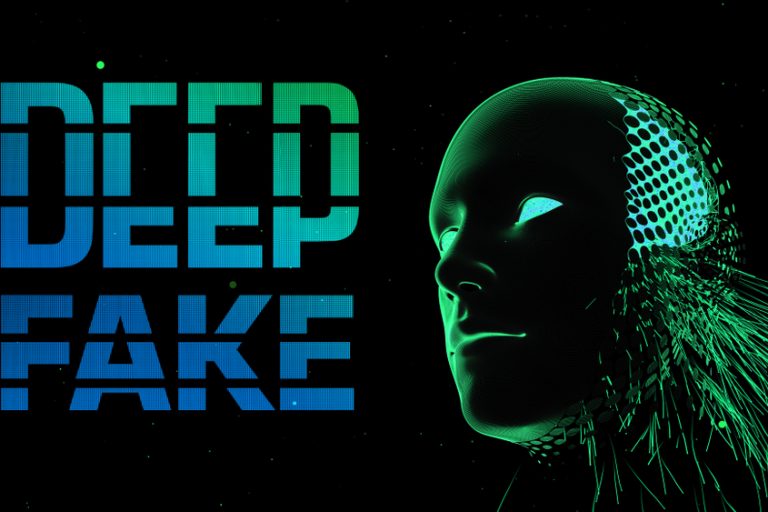My Three Cents

Makovsky
Thursday, November 13, 2014Do you believe in mental telepathy?
To me, mental telepathy means the transference of information from one person to another without physical interaction or the use of sensory-based communications channels — such as spoken or written language, photographs, Morse code, Braille, or sign language.
While there’s no evidence that mental telepathy is a real, scientifically validated phenomenon, almost all of us can recall an occasion on which we’ve simultaneously shared thoughts or feelings with another person. I myself have, on several occasions.
An example would be hearing Susan knock at my door just as I am thinking that nothing would please me more than a visit from Susan … right this very minute. Occasionally, I believe, if you wish for something hard enough, it will be communicated to the other person, enabling it to happen.
Now, according to a fascinating article on CNET, the concept of mental telepathy has been made real. Except this is clearly different than telepathy because “work”has been done on the brain. Researchers from Harvard Medical School teaching affiliate Beth Israel Deaconess Medical Center, Starlab Barcelona in Spain, and Axilum Robotics in Strasbourg, France have successfully achieved brain-to-brain human communication using non-invasive technologies that enabled them to send messages from India to France — a distance of 5,000 miles!
According to Dr. Alvaro Pascual-Leone, “We wanted to find out if one could communicate directly between two people by reading out the brain activity from one person and injecting brain activity into the second person, and do so across great physical distances by leveraging existing communications pathways.”
Using a combination of internet-connected electroencephalogram and robot-assisted, image-guided transcranial magnetic stimulation (to stimulate the brain from the outside), the team was able to communicate words from one human to another. [NOTE: I don’t completely understand technically how this works. But it works. You can read the full study here. And it’s a major step forward in communications. Imagine, for example, being able to communicate directly with stroke victims who have problems with speaking or their ability to comprehend language.]
With every advance, new opportunities in speed and methodology occur. This novel form of communications tests our imagination with a whole new range of communications possibilities … including a world in which brain signals replace writing and talking.











